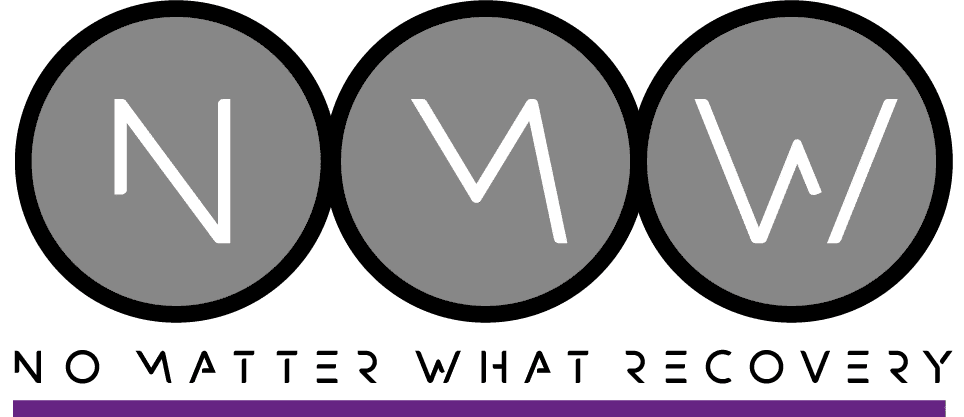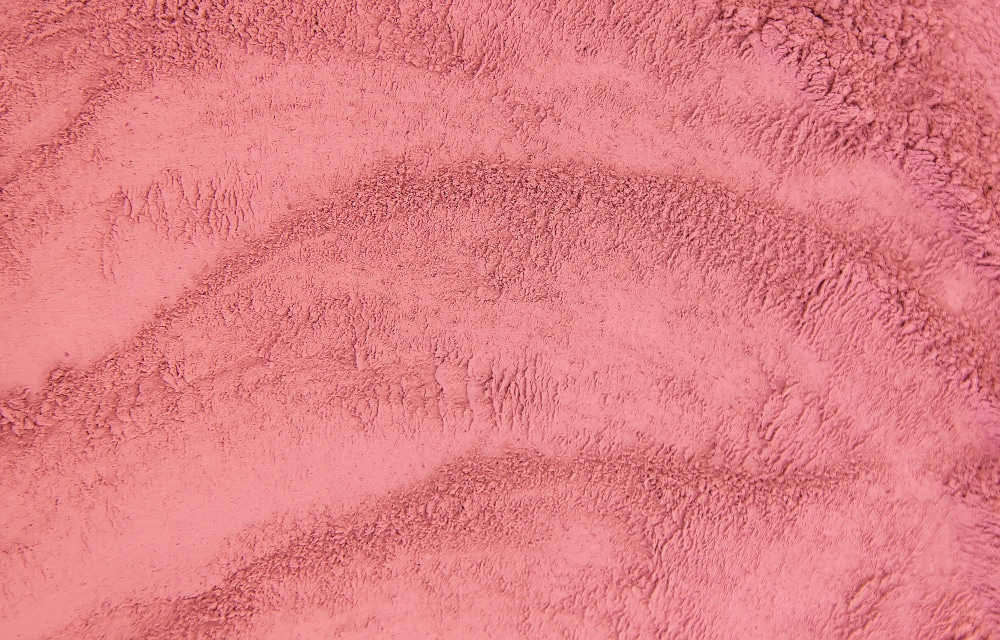Pink cocaine is a term that often evokes curiosity and concern. Known on the streets as “tucibi”, “tusi”, or “2C-B”, it’s a synthetic designer drug that combines the properties of a stimulant and a hallucinogen, making it highly potent and dangerously unpredictable. This article explores the substance’s composition, effects, risks, and standing in the eyes of the law, offering a comprehensive look into why pink cocaine is becoming a significant issue in modern drug culture.
What is Pink Cocaine?
Pink cocaine, scientifically known as 2C-B, is a synthetic psychoactive substance initially developed for psychotherapeutic uses. It falls within a broader class of drugs called phenethylamines, which include other well-known substances like MDMA (ecstasy). Unlike traditional cocaine, which is extracted from the coca plant, pink cocaine is entirely synthetic, made from a compound that combines both stimulant and hallucinogenic effects. The drug is often mixed with other substances, increasing its potency and potential for harm, with each batch varying significantly in composition and purity.
Pink cocaine appears in various forms, most commonly as a pill or powder. The vibrant pink hue directly appeals to party-goers, often misleading them to believe it is less harmful. It’s also found under names like “Nexus,” “Venus,” and “Eros,” which are used to market the drug as an enhancer of the sensory experience at raves and clubs.
The Rise of Pink Cocaine in Popular Culture
Media Influence and Public Perception
The glamorization of pink cocaine in media and pop culture contributes significantly to its mystique and misunderstanding. Portrayed as a “boutique drug” in television shows, movies, and social media, pink cocaine is often associated with elite party scenes, misleading potential users about its dangers.
Comparisons with Other Designer Drugs
Pink cocaine is often compared to other designer drugs such as MDMA and LSD due to its psychoactive properties. However, its effects can be more unpredictable due to the lack of regulation in its manufacture, making it more akin to the dangers of drugs like bath salts.
Effects of Pink Cocaine
Short-Term Effects on the Body and Mind
The immediate effects of pink cocaine can seem appealing to users looking for enhanced sensory experiences. These include intense euphoria, increased sociability, heightened sensory perception, and hallucinations. Mell Mcracken from No Matter What Recovery explains, “Because it’s a stimulant, it causes increased heart rate, blood pressure and body temperature — a combination of factors that can lead to heart attacks and strokes. While the psychedelic properties of pink cocaine can bring about feelings of euphoria, it can also cause anxiety, paranoia and panic attacks.”
Long-Term Health Risks
Chronic use of pink cocaine poses significant dangers. Long-term effects can include enduring psychological issues such as chronic depression, anxiety disorders, and irreversible cognitive impairments. Physically, the drug can cause heart problems, respiratory distress, and in some cases, seizures or persistent neurological damage.
Why is Pink Cocaine Dangerous?
The Risk of Addiction
Pink cocaine’s intense effects on the brain’s reward system can lead to a high potential for addiction. Users often chase the initial high they experience, leading to increased usage and the potential for developing a psychological dependency.
Potential for Overdose
The variance in potency and composition of pink cocaine batches significantly increases the risk of overdose. Symptoms of an overdose may include violent seizures, extreme hypertension, unconsciousness, and in severe cases, death.
Legal Status of Pink Cocaine
Regulation and Control Measures
In many jurisdictions, pink cocaine is classified as a Schedule I drug, indicating no accepted medical use and a high potential for abuse. This classification makes its production, distribution, and possession illegal, subjecting those caught with the drug to severe legal penalties.
Enforcement Challenges
The synthetic nature of pink cocaine and its constant chemical variations make it a difficult target for law enforcement. Producers often alter their chemical structure to skirt existing drug laws, complicating the efforts of authorities to regulate and control its spread.
Treatment and Rehabilitation Options
The challenge of treating pink cocaine addiction lies in its complex effects on both the brain and body. Effective treatment strategies often involve a combination of detoxification to cleanse the body of the substance, cognitive-behavioral therapy to modify the patient’s thinking and behavior, and medication-assisted treatment to manage withdrawal symptoms and cravings.
Behavioral Therapies
Following detox, various forms of behavioral therapy such as cognitive-behavioral therapy (CBT), dialectical behavior therapy (DBT), and motivational interviewing (MI) are used to address the psychological aspects of addiction. These therapies are designed to help modify the patient’s thinking, behaviors, and emotional responses associated with drug abuse.
Support Groups and Peer Support
Recovery from pink cocaine addiction is often supported by participation in support groups such as Narcotics Anonymous (NA) or other community support groups that provide a network of peers working through similar issues. These groups offer emotional support, accountability, and a shared experience that can make the recovery process more manageable and less isolating.
Medication-Assisted Treatment (MAT)
While there are no specific medications approved to treat addiction to pink cocaine, certain medications may be used off-label to treat symptoms of depression, anxiety, and other psychiatric conditions associated with prolonged drug abuse.
Holistic Approaches
Some treatment programs incorporate holistic approaches such as meditation and yoga to help restore physical and mental well-being. These methods can improve overall health and reduce stress, making them valuable components of a comprehensive treatment plan.
The Journey to Recovery
Pink cocaine represents a growing threat that requires collective awareness and action. Understanding its effects, risks, and the legal landscape is crucial for prevention and treatment. By spreading knowledge and supporting recovery, communities can combat the spread of this dangerous drug and help those affected rebuild their lives.
FAQs
Pink cocaine is illegal in most countries due to its harmful effects and potential for abuse. It is often classified alongside other dangerous drugs under strict drug enforcement policies.
Yes, due to its potent effects on the brain’s reward system, even a single use of pink cocaine can lead to psychological dependency, making it highly addictive.
Signs include increased sociability, euphoria, unusual energy, dilated pupils, erratic behavior, confusion, and paranoia. Long-term use may result in more severe psychological and physical symptoms.
Pink cocaine is most commonly found in nightclubs, music festivals, and party scenes, particularly within urban settings and among young people.
Encourage them to seek help from medical and addiction professionals. Provide support and access to resources like addiction treatment centers and support groups.

Dr. Eric Chaghouri is our Medical Director at No Matter What Recovery. Since completing his forensic psychiatry fellowship, he has established a successful and thriving practice in Southern California, focusing on treatment of co-occurring psychiatric and addictive disorders.

Dr. Eric Chaghouri is our Medical Director at No Matter What Recovery. Since completing his forensic psychiatry fellowship, he has established a successful and thriving practice in Southern California, focusing on treatment of co-occurring psychiatric and addictive disorders.







